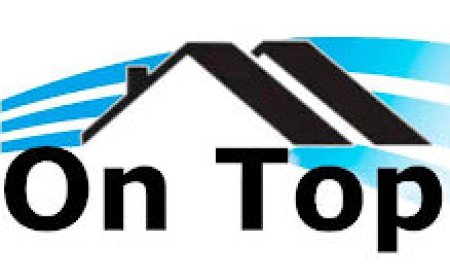Annual ESM Reports: What Every Victorian Building Owner Must Know
Learn what Victorian building owners need to know about Annual Essential Safety Measures (ESM) Reports — legal requirements, responsibilities, and compliance tips.

For every building owner in Victoria, maintaining a safe environment is not just best practice, its a legal obligation. Annual essential safety measures reports (ESMRs) are a cornerstone of this responsibility, ensuring that critical fire and life safety systems are regularly checked, maintained, and documented. If you own or manage a commercial, industrial, or multi-residential building, understanding your ESM reporting duties is essential for compliance and the safety of all occupants.
What Are Essential Safety Measures?
Essential safety measures (ESMs) are the active and passive systems installed in a building to protect occupants in the event of an emergency such as a fire. These measures include a wide range of items, such as:
-
Fire detection and alarm systems
-
Fire sprinklers and hydrants
-
Exit doors and exit signs
-
Emergency lighting and power supplies
-
Smoke control systems and air handling units
-
Fire extinguishers and hose reels
-
Fire doors, fire windows, and fire-rated materials
-
Paths of travel to exits and fire isolated stairs
The full list of ESMs is detailed in Part 15 and Schedule 8 of the Victorian Building Regulations 2018. The specific measures required in your building depend on its class, age, and use.
Why Are Annual Essential Safety Measures Reports Required?
Victorian law requires building owners to maintain all ESMs so they function effectively at all times. The annual essential safety measures report is a statutory declaration that confirms all required ESMs have been properly maintained and are operating as intended.
Key reasons for the annual report include:
-
Legal compliance: Non-compliance can result in significant fines and legal action.
-
Occupant safety: ESMs are a first line of defence in emergencies, protecting lives and property.
-
Insurance: Insurers may require proof of ESM maintenance and reporting for coverage to remain valid.
-
Audit readiness: Councils and authorities may request your ESMR for inspection at any time, with as little as 24 hours notice.
Who Must Complete the Annual ESM Report?
The responsibility for preparing the annual essential safety measures report lies with the building owner. However, owners may authorise an agent, such as a specialist maintenance contractor or Owners Corporation manager, to handle inspections, maintenance, and reporting. Regardless of delegation, the owner remains legally accountable for compliance.
What Does the ESM Report Involve?
The annual ESM report process includes:
-
Regular Inspections and Maintenance: All ESMs must be inspected, tested, and serviced according to the standards specified in the buildings Occupancy Permit, Maintenance Schedule, or Maintenance Determination.
-
Documentation: Maintenance and inspection records must be kept throughout the year.
-
Completion of the Annual Report: The report must list all ESMs, reference the relevant maintenance standards, and confirm that all required inspections and servicing have been completed.
-
On-Site Availability: The completed report must be stored on site and made available to municipal building surveyors or the Country Fire Authority upon request.
The report must follow the approved format as set by the Victorian Building Authority.
Which Buildings Require an Annual ESM Report?
Most commercial, industrial, public, and multi-residential buildings (Class 1b, 2, 3, 5, 6, 7, 8, 9, and parts of Class 4) require annual ESM reports. Domestic dwellings (single homes and outbuildings) are generally exempt. For apartment buildings, ESMs in common areas must be maintained and reported, while individual unit smoke alarms are the responsibility of the lot owner or rental provider.
What Are the Risks of Non-Compliance?
Failure to maintain ESMs or submit an annual report can result in:
-
Fines and legal penalties
-
Increased liability in the event of an incident
-
Insurance claims being denied
-
Potential closure of premises until compliance is achieved
Non-compliance also puts building occupants, visitors, and neighbouring properties at risk.
How Can Building Owners Stay Compliant?
-
Engage qualified professionals: Use experienced, accredited contractors for inspections and maintenance.
-
Keep thorough records: Document all inspections, maintenance, and repairs.
-
Understand your buildings requirements: Review your Occupancy Permit or Maintenance Determination for a list of ESMs and required standards.
-
Schedule annual reporting: Set reminders to complete and file the ESM report before the due date each year.
Why Partner with ESM Compliance?
ESM Compliance specialises in helping Victorian building owners and property managers meet their ongoing legal responsibilities for essential safety measures. With extensive experience across a wide range of building types, ESM Compliance offers inspections, audits, maintenance, and reporting services tailored to your needs. Their expert team ensures your annual essential safety measures reports are accurate, up-to-date, and fully compliant, giving you peace of mind and protecting your buildings occupants.
Stay compliant and safeguard your property, trust ESM Compliance for all your annual essential safety measures reporting needs in Victoria.

















